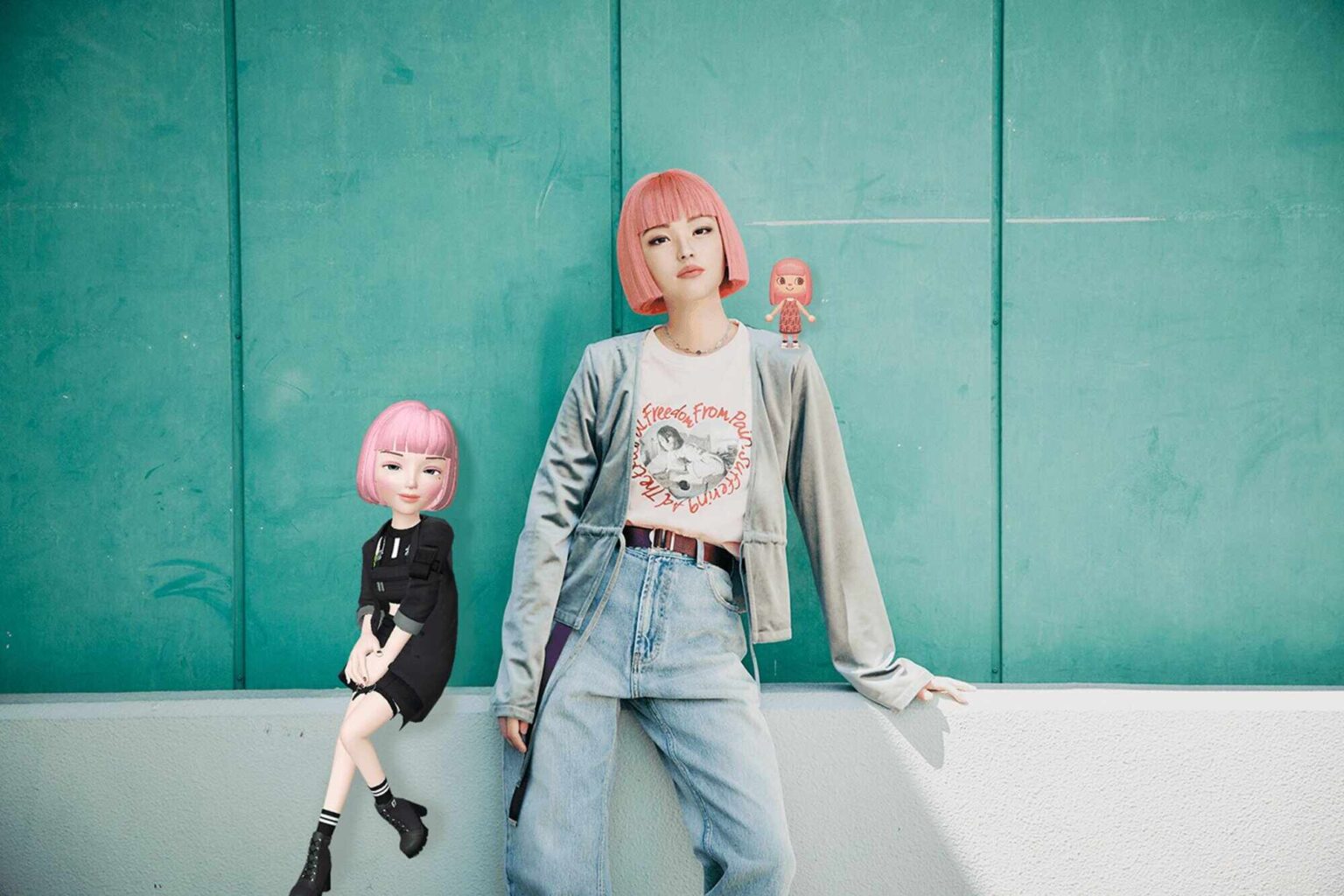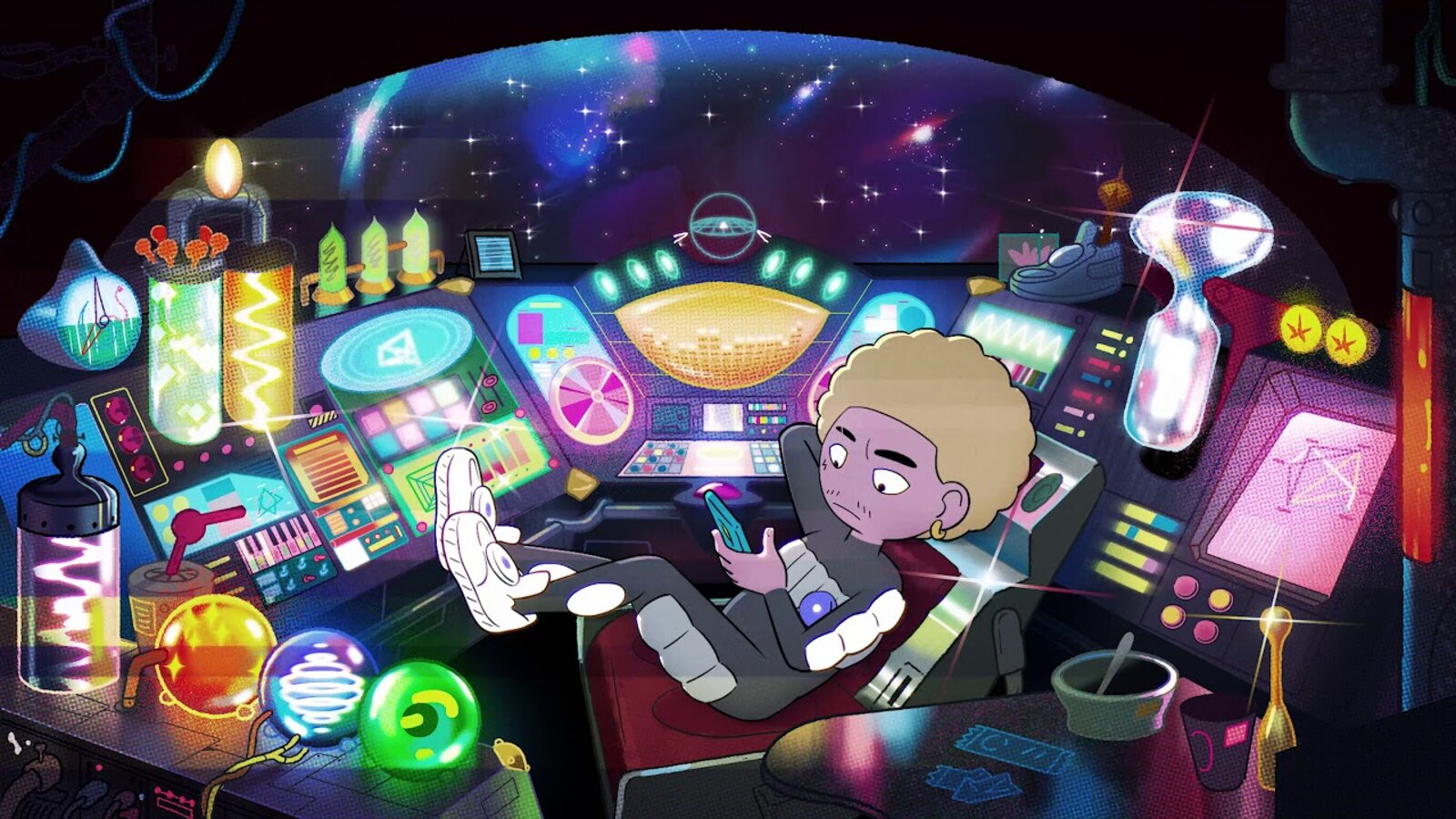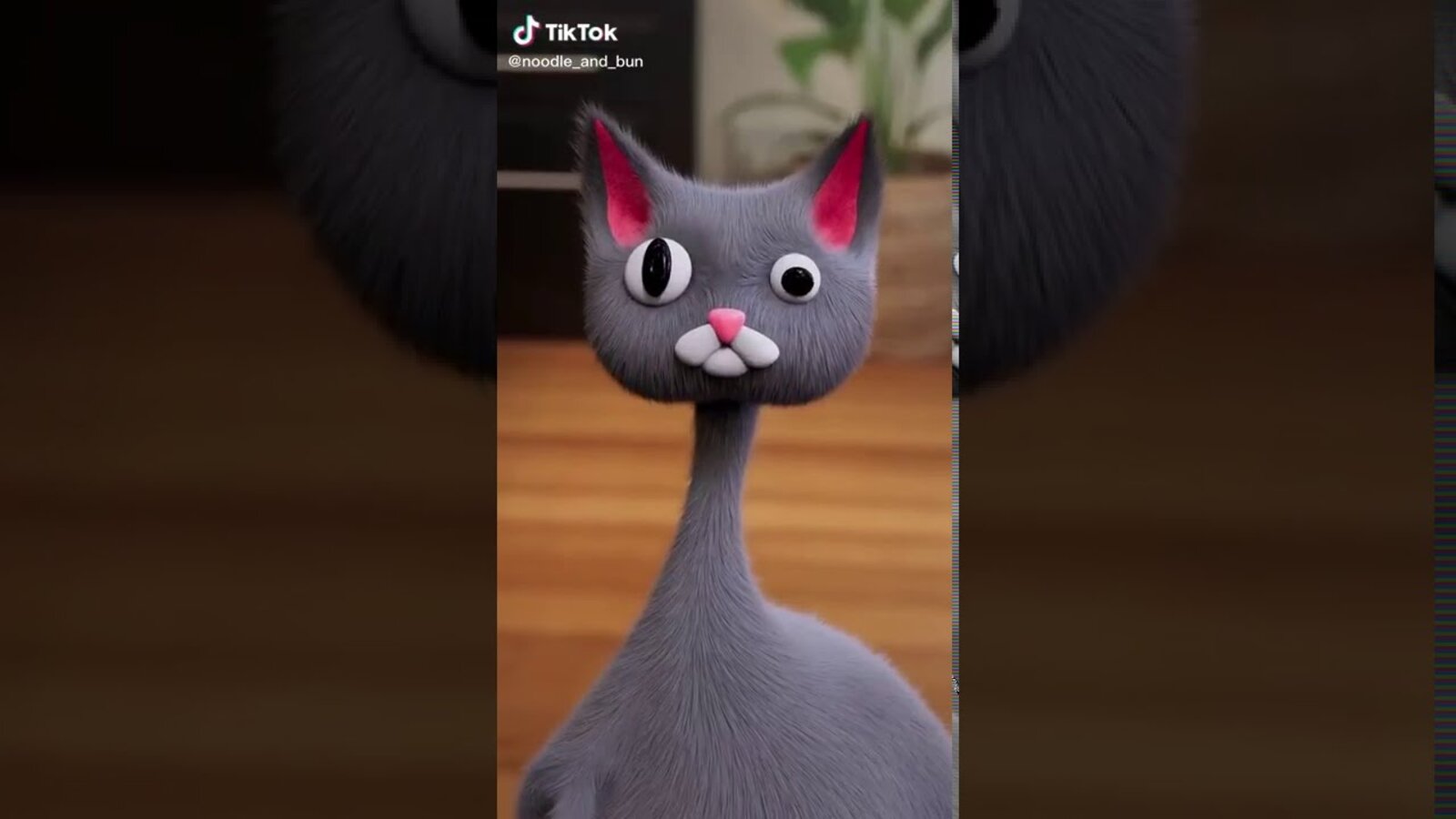
What is a CG social media influencer? All the facts about the new trend
Social media influencer – it’s a term just about everyone knows these days. Theoretically anyone can become an influencer if they know how to game the algorithms on social media sites and can take decent photos or write vaguely funny posts. Due to the fact becoming an influencer appears extremely accessible, many people have been striving to intentionally turn the title into a full-time job.
While it may sound a bit silly to make a career out of selfies and shamelessly hocking mediocre quality products like leggings and “diet tea” (please, don’t buy that stuff), it has proven to be quite lucrative, so who are we to judge? With many influencers being able to charge brands thousands of dollars per post, it’s understandable why the idea of pseudo-internet fame and becoming a walking advertisement is desirable to some.
However, there’s new competition for people seeking a place in this budding career industry – computer generated influencers. What does this potentially mean for flesh & blood people making money off social media posts? Let’s take a look.

What’s a computer generated influencer?
Computer generated influencers are exactly what they sound like. Much like an action movie monster that’s 20-feet tall, generated influencers are fake. Created & rendered digitally, these “people” are just a mass of pixels that have been expertly rendered to look like a real human being.
You can’t shake their hand and you’ll never randomly spot them on the street, but you can make it look like they’re wearing a brand’s new pair of leggings. These CG influencers are cheaper to work with, can be made to do anything without pushback, plus they can be in multiple places at once. Plus, many have already noted they never have to age or die.
Bloomberg recently pointed out that Imma, a creation of Aww Inc. in Japan, has more than 300,000 Instagram followers, sponsorship deals with companies like Porsche & Dior, features in fashion magazines, and viral TikTok videos. Anyone who doesn’t look closely at one of her pictures could easily mistake her for a real person. Looking at her resumé could fool anyone though.

Is this a problem for human influencers?
The market of digital influencers is, for the moment, relatively small. Though, during 2020, when real people aren’t able to travel or interact with others, the market for digital influencers has apparently increased quite a bit.
Bloomberg states that on YouTube there are approximately 5,000 CG influencers alone. If numbers continue to increase it stands to reason some human influencers might be a little concerned. However, it’s also worth noting that Virtual Humans, a company that specializes in creating these CG influencers, makes most of their influencers look like cartoon characters.
In fact, they even created the modern-day GEICO gecko. They also have a cross-eyed cat character called Noodle & Bun, a hot dog called Nobody Sausage, and a character called Astrolovesu with purple skin & a 2D art style.

So it’s possible that rather than edging out human influencers, CG influencers will be part of a separate & specific niche on the internet. Though, it looks like this niche is born out of advertising attempts and sheer commercialism. Many of these CG influencers are “spokespeople” for brands like Totinos, who have Pete Zaroll – a pizza roll person.
If the industry of CG influencers continues to be so transparently commercial, then the tech savvy and media fluent generations (the very people this niche is targeting) will eventually see right through it and have a heavy disdain for these computer generated “people”. As for the more realistic CG influencers like Imma, we’ll just have to see. We may eventually see the need for a law demanding CG people & bots make it clear they aren’t human.







